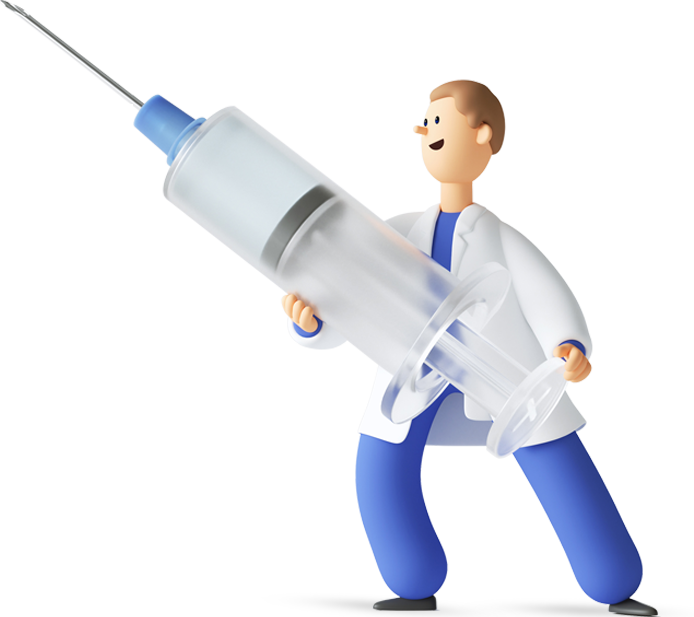
Table of Contents
- Introduction
- The Basics of Oral Health Professionals
- What is a Dentist?
- What is an Orthodontist?
- Education and Training Requirements
- The Journey to Becoming a Dentist
- The Additional Education for Orthodontists
- Key Differences Between Dentists and Orthodontists
- Focus of Care
- Tools and Techniques
- Frequency of Visits
- When to See a Dentist vs an Orthodontist
- Common Issues Handled by Dentists
- Situations Requiring Orthodontic Care
- Cost and Insurance Considerations
- Costs of General Dentistry
- Costs of Orthodontic Treatments
- Myths and Misconceptions About Dentists and Orthodontists
- “Orthodontists Only Work with Braces”
- “Dentists Can Do Everything an Orthodontist Can”
- Choosing the Right Professional for Your Needs
- Evaluating Your Needs
- Consulting Both Professionals
- Final Thoughts on Oral Health Specialists
- FAQ
Introduction
When it comes to oral health care, understanding the difference between a dentist and an orthodontist can save you time, money, and effort. Many people are familiar with regular dental checkups but are unsure when they need an orthodontist instead. This confusion often leads to questions like, “Who should I see for braces?” or “What is the main difference between a dentist and an orthodontist?”
In this article, we will break down the distinctions between these two oral health professionals. By the end, you’ll know exactly when to visit each one and how their expertise can contribute to your oral health.
The Basics of Oral Health Professionals
What is a Dentist?
A dentist is your primary oral health care provider who focuses on the overall maintenance and treatment of your teeth, gums, and mouth. Their role is to ensure your oral hygiene is in top condition through preventive care and addressing common dental problems.
Dentists perform various procedures, including cleaning teeth, filling cavities, treating gum disease, and performing root canals. They also offer cosmetic treatments such as teeth whitening and veneers to enhance smiles.
What is an Orthodontist?
An orthodontist is a dental specialist who focuses on diagnosing and correcting issues related to the alignment of teeth and jaws. While all orthodontists are qualified dentists, they undergo additional training to specialize in orthodontic care.
Orthodontists are experts in managing conditions such as overbites, underbites, crowded teeth, and jaw misalignments. They use corrective treatments like braces, aligners, and retainers to straighten teeth and improve oral functionality.
Education and Training Requirements
The Journey to Becoming a Dentist
To become a dentist, individuals must complete a rigorous education path. This includes earning a bachelor’s degree followed by a Doctor of Dental Surgery (DDS) or Doctor of Dental Medicine (DMD) degree. After approximately 8 years of education, dentists must pass licensing exams to practice professionally.
The Additional Education for Orthodontists
Orthodontists begin their careers as dentists but then pursue additional training. They must complete a 2-3 year orthodontic residency program, where they specialize in diagnosing and treating alignment issues. Orthodontists also undergo board certification to demonstrate their expertise.
Key Differences Between Dentists and Orthodontists
Focus of Care
Dentists focus on general oral health, including routine checkups, cleanings, and treating dental diseases. Orthodontists, on the other hand, specialize in correcting structural problems such as misaligned teeth and jaw irregularities.
Tools and Techniques
Dentists use tools like drills, scalers, and X-rays for procedures such as fillings, crowns, and root canals. Orthodontists use specialized tools like braces, clear aligners, and 3D imaging technology to realign teeth and improve bite functionality.
Frequency of Visits
Routine dental visits occur every 6 months for cleanings and checkups. Orthodontic visits, however, depend on treatment plans, often requiring monthly adjustments to braces or aligners.
When to See a Dentist vs an Orthodontist
Common Issues Handled by Dentists
For tooth pain, cavities, gum disease, or cosmetic treatments like teeth whitening, a dentist is your go-to professional. Dentists also perform basic preventive care, which is essential for overall oral health.
Situations Requiring Orthodontic Care
If you’re dealing with crooked teeth, overbites, underbites, or jaw misalignment, it’s time to see an orthodontist. Orthodontists are also the experts to consult for braces or clear aligners to achieve a straighter smile.
Cost and Insurance Considerations
Costs of General Dentistry
Routine dental care is often covered by insurance, including cleanings, exams, and fillings. The out-of-pocket costs for procedures like crowns or root canals can vary depending on your insurance plan.
Costs of Orthodontic Treatments
Orthodontic treatments, such as braces or Invisalign, tend to be more expensive. Some insurance plans partially cover these treatments, but patients often pay a significant portion out of pocket.
Myths and Misconceptions About Dentists and Orthodontists
“Orthodontists Only Work with Braces”
While braces are a key part of orthodontics, orthodontists also treat jaw misalignments and other structural issues. Their expertise goes beyond just straightening teeth.
“Dentists Can Do Everything an Orthodontist Can”
Dentists are skilled professionals, but they lack the specialized training required to treat complex alignment issues. This is why dentists often refer patients to orthodontists for advanced care.
Choosing the Right Professional for Your Needs
Evaluating Your Needs
If you’re experiencing general dental issues like tooth pain or cavities, a dentist can help. However, if your concerns involve misaligned teeth or bite problems, an orthodontist is the right choice.
Consulting Both Professionals
Sometimes, collaboration between a dentist and an orthodontist is necessary. For example, a dentist may address cavities or gum disease before an orthodontist begins alignment treatment.
Final Thoughts on Oral Health Specialists
Understanding the roles of an orthodontist vs dentist helps you make more informed decisions about your oral health. Dentists provide essential preventive and restorative care, while orthodontists specialize in correcting alignment and bite issues. Both play a crucial role in maintaining a healthy and confident smile.
Whether you’re considering braces, fixing a dental issue, or simply maintaining oral hygiene, knowing whom to see ensures you receive the best possible care.
FAQ
- What is the main difference between a dentist and an orthodontist?
The main difference lies in their expertise: dentists focus on general oral health, while orthodontists specialize in aligning teeth and jaws. - Should I see an orthodontist or dentist for braces?
You should see an orthodontist for braces, as they are specialists in teeth alignment. - Can a dentist fix crooked teeth?
Dentists can address minor alignment issues with treatments like veneers, but significant corrections require an orthodontist. - How do costs differ between a dentist and an orthodontist?
Dental procedures are typically less expensive and often covered by insurance. Orthodontic treatments, like braces, are costlier and may require partial out-of-pocket payment. - How often should I visit a dentist vs an orthodontist?
Visit your dentist every 6 months for routine care. Orthodontic visits depend on your treatment plan, often occurring monthly.
- Tags:
- dentist
- orthodontist









